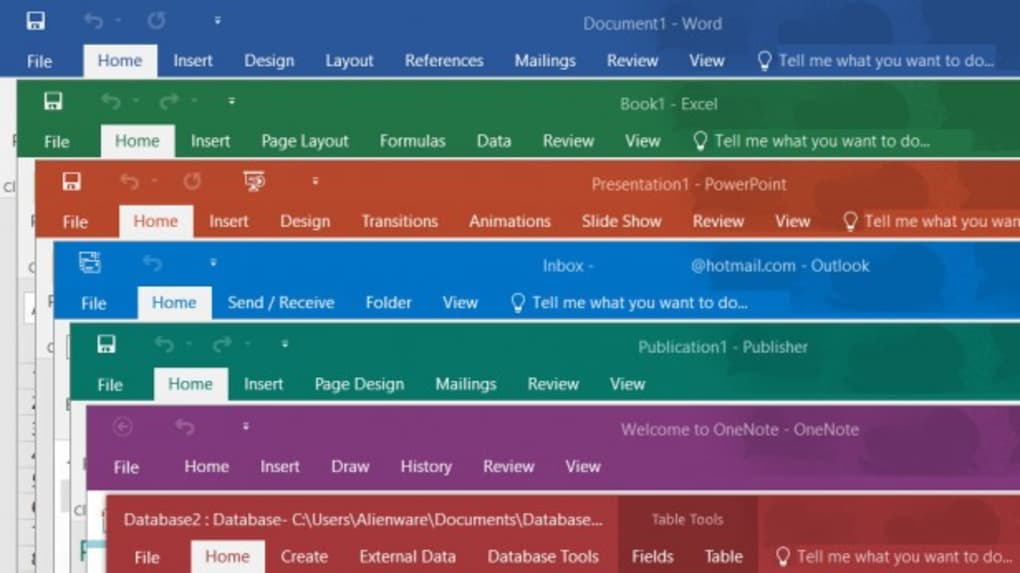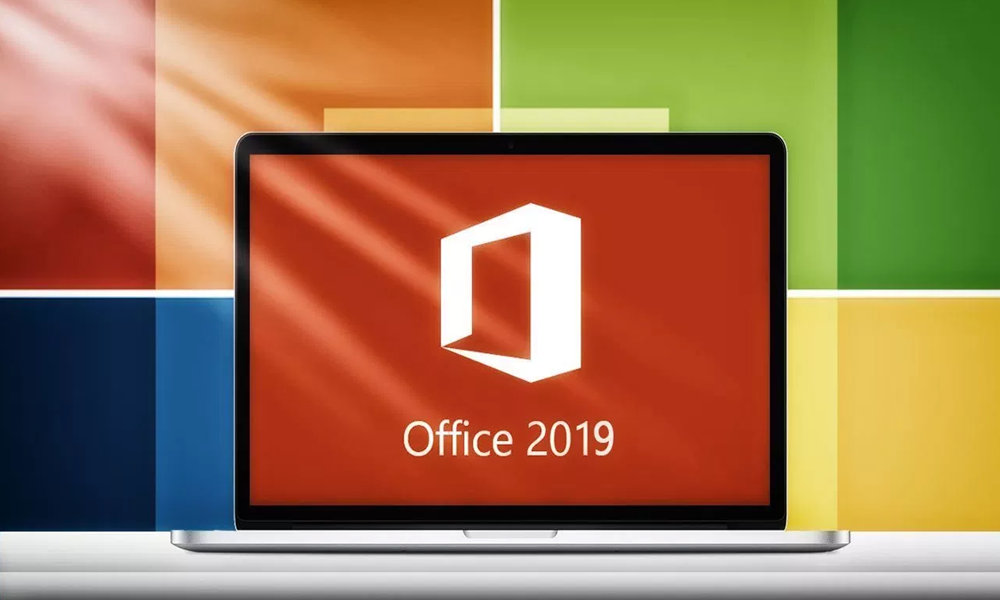

It comes with a variety of updates from the prior version of Office, including animation tools in PowerPoint, updated and new formulas and charts in Excel, as well as a bevy of other features. Released in September of 2018, Office 2019 is the successor to Office 2016 and the current standalone version of Office.

Let’s take a dive into Office 2019, and how it differs from Office 365, and prior versions of Office.

As different versions of the software offer different solutions to an organization’s needs, understanding which version of Office is right for you is important. As it is continued to be developed, and new features added, a push has been made towards the software as a service model (SaaS) that a means to get updates developed and deployed faster.įor organizations that are trying to decide which is the best solution to their needs, it can be a confusing situation. However, much like how Office and its various services have changed over the years, Office 2019 has also come with some significant changes to the formula compared to other perpetually licensed versions of the software in the past. As an alternative to Office 365’s subscription model, Office 2019 offers users a one-time payment for access and use to the suite of services offered. Office 2019 is the newest version of Microsoft’s Office Suite with a perpetual license. Stuff You Should Know About Office 2019 End of Life A New Version of Office with a Shorter Support Life


 0 kommentar(er)
0 kommentar(er)
